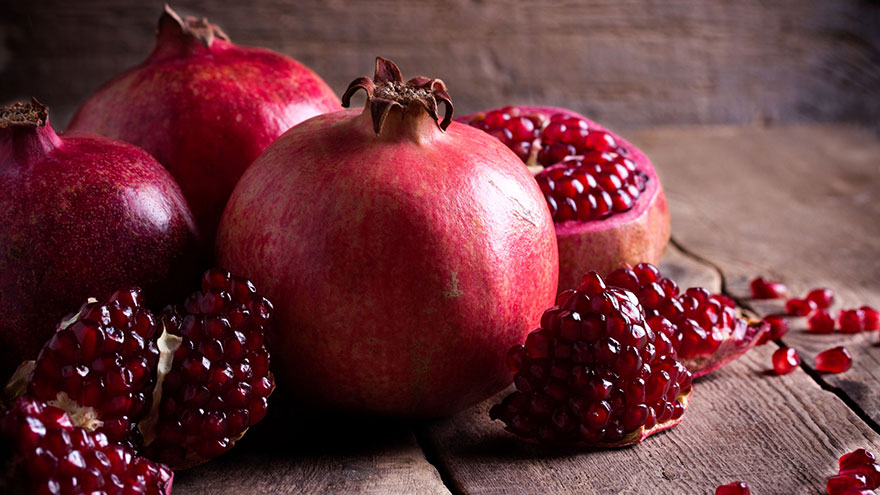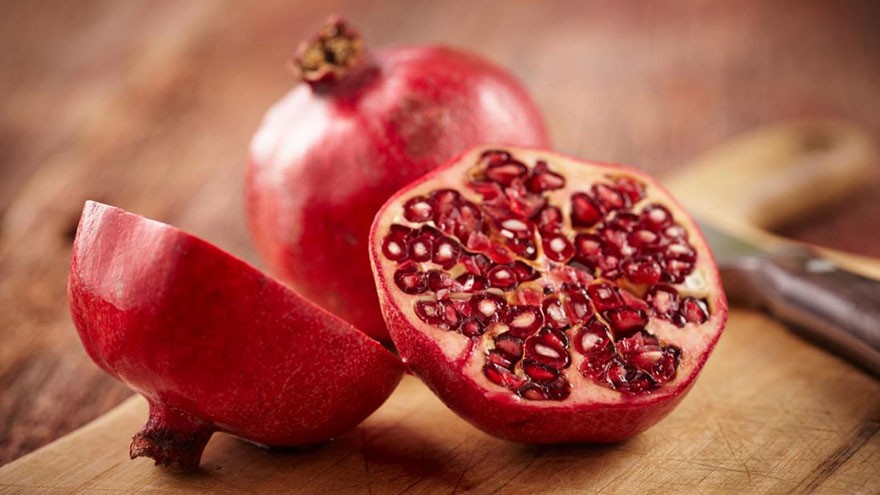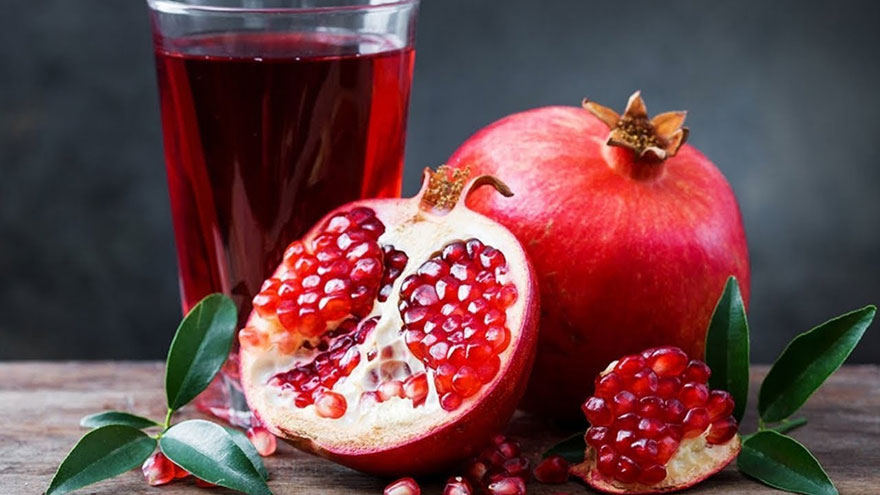A Guide to Buying and Cooking Pomegranates
Tangy and sweet pomegranates are one of the most delicious, versatile, and healthy fruits available. They are an excellent source of vitamin C and potassium, and a great source of fiber and cancer-fighting antioxidants.
In fact, while many fruits contain one or two antioxidants, pomegranates contain three (tannins, anthocyanins, and ellagic acid) in high amounts.
Pomegranates
The fruit that was a favorite among ancient Roman and Greek gods – are delicious eaten straight from the fruit, but they are also easy to add into a wide variety of dishes.
Be sure to browse Our Deer’s fruit recipes, then read on for easy ways to use pomegranates in your next dish.
How to Buy Pomegranates
Pomegranates begin becoming available in August, but most appear in grocery stories and farmer’s markets in October and disappear around January.
Select pomegranates that are heavy and firm. The color of the fruit doesn’t indicate freshness, quality, or juiciness, although the skin of the fruit should be relatively uniform in color. Don’t purchase pomegranates with cracks, bruising, or splits.
How to Store Pomegranates
Pomegranates keep for about a month if left on the counter. If stored in the refrigerator, they last about two months. If you remove the seeds (technically, they are “arils”) and place them in a sealed bag or box, they keep in the refrigerator for around two weeks.
You can also freeze pomegranate seeds just like you would berries: Spread the seeds out in a single layer on a baking sheet that’s covered with wax paper.
Place the baking sheet in the freezer and about two to three hours later, when the seeds are completely frozen, place the seeds in a sealed freezer bag.

Caution Pomegranates
When working with pomegranates, always remember they stain easily. If you spill juice on the counter, wipe it up promptly. Wear an apron you don’t mind staining.
Should you get pomegranate juice on your clothing, remove the garment and wash promptly.
How to Easily Remove Pomegranate Seeds
Many people avoid eating pomegranates because they feel it’s too much trouble to remove the edible seeds from the fruit. However, once you know how, it’s relatively easy to remove the seeds:
Cut off the top of the pomegranate, where the fruit has a “crown” where the stem used to be.
Cut through the leathery outer layer of the pomegranate, scoring it into four sections, from crown to bottom.
Place the pomegranate in a bowl of warm water. After about a minute, break apart the fruit where you’ve sliced it. Roll the seeds out into the water. Strain out the water.

Making Your Own Juice
If you want to make your own pomegranate juice, you’ll be happy to learn it’s easily done. If you have a juicer, simply cut the pomegranate in half and juice it like a grapefruit, hen strain the juice through cheesecloth.
Manual juicers work best, since it’s easy to capture the bitter membrane with an electric juicer.
You can also juice with a blender by removing the seeds first, then blending up to 2 cups until they turn to liquid. Strain through cheesecloth before storing or drinking.

How to Cook with Pomegranates
Pomegranate seeds are excellent eaten by themselves as a snack, but they are also easy to sprinkle atop a green salad or in baked goods, like muffins.
Pomegranates also make great jelly or syrup and are a nice addition to stuffing; sauces for chicken, lamb, pork, or seafood; marinades; gravies; or vinaigrettes.
Check out the video version of this article on YouTube : Pomegranates

